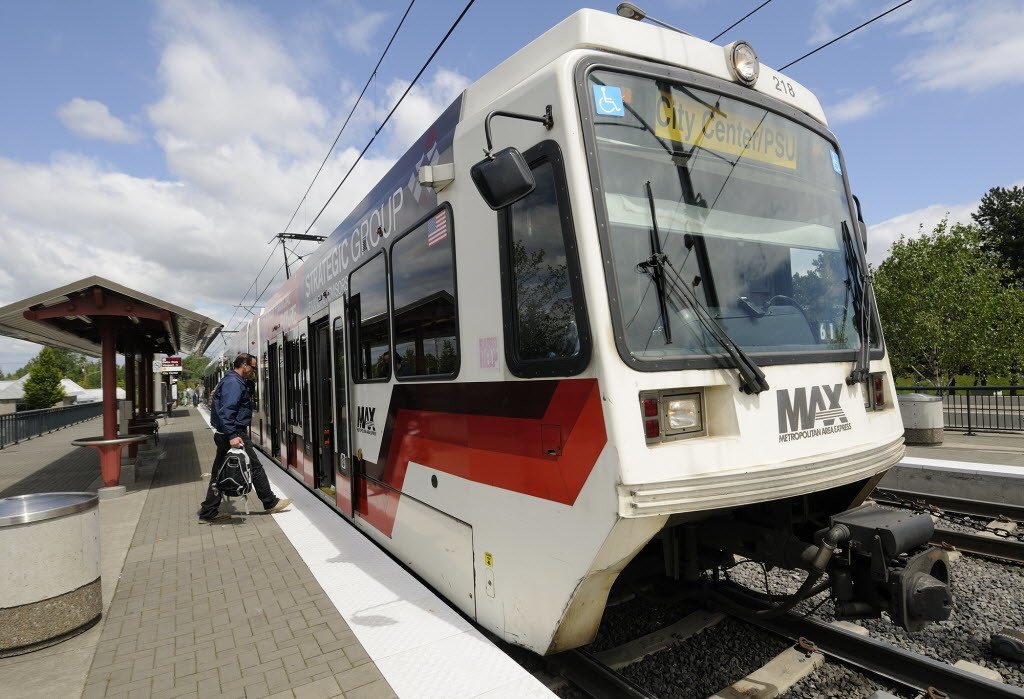SEATTLE — Airborne fentanyl residues were found in a quarter of Seattle and Portland light-rail transit vehicles tested this spring, while methamphetamine appeared in them all, said a University of Washington study.
However, the amounts were too low to pose a risk to riders or to trigger acute illness or make a transit operator “high,” health officials said.
“In most cases, an exposure would be hundreds to thousands of times lower than what we would expect to cause clinical effects,” said Dr. Rob Hendrickson, medical director of the Oregon Poison Center, in a Thursday press briefing.
The study by the University of Washington Environmental & Occupational Health Sciences department was designed to measure workplace exposure, after scores of transit operators filed safety incident reports about passengers smoking drugs, or even stopped driving because of headaches, dizziness or difficulty breathing.



